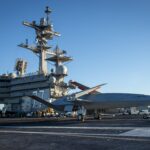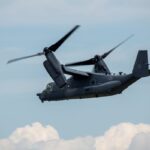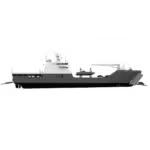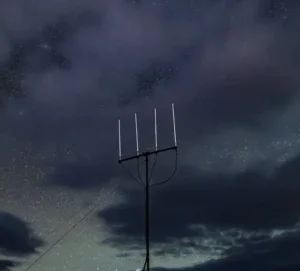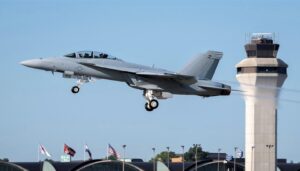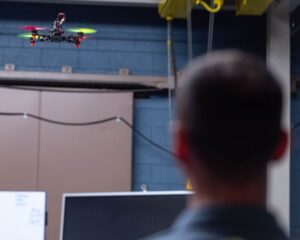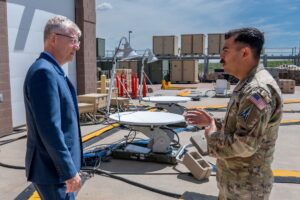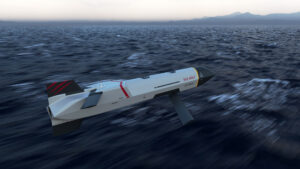
L3Harris Technologies [LHX] on Thursday debuted a pair of new flexible swarming “launched effects vehicle” munitions that have been tested on multiple platforms. The weapons, called the wolfpack family, are called the Red Wolf kinetic platform for long-range precision strikes and Green Wolf electronic warfare platform with electronic attack and detect, identify, locate and report capabilities. The company underscored both versions are flexible, modular, have in-flight collaboration and re-targeting and support the swarming capability of autonomous aircraft. Earlier this year…

 By
By 